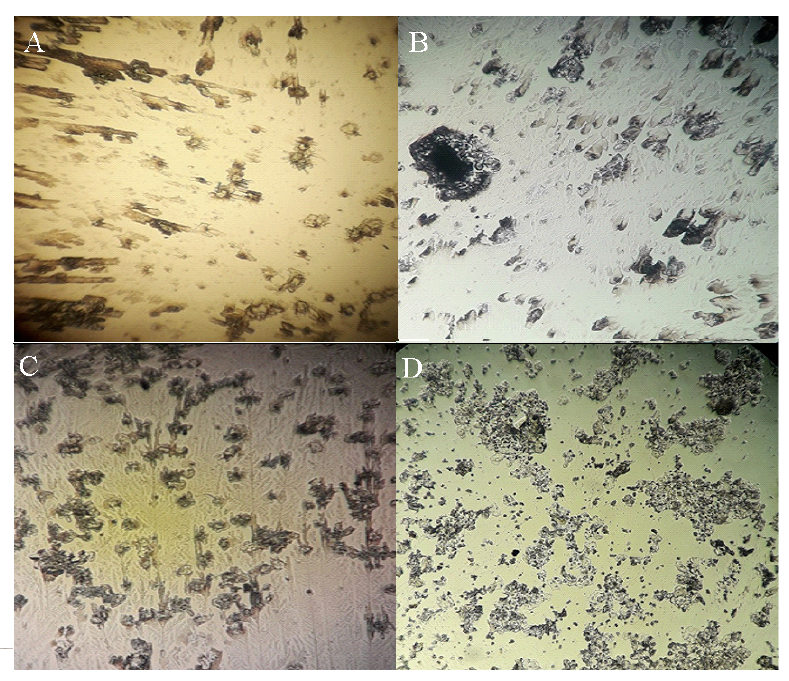Reduction of Apoptotic Gene Expression by Platelet-rich Plasma in a Mouse Model of Premature Ovarian Failure
DOI:
https://doi.org/10.15419/bmrat.v11i5.891Keywords:
Platelet-rich plasma, Premature Ovarian Failure, Caspase 3, P53, ApoptosisAbstract
Introduction: Platelet-rich plasma (PRP) has been proposed as a therapeutic intervention for regenerating impaired ovarian tissue and improving outcomes in women with premature ovarian failure (POF). One characteristic of POF is the upregulation of proapoptotic genes such as P53 and Caspase3, which lead to the apoptosis of granulosa cells and monocytes. This study aims to evaluate the effects of PRP on reducing the expression of P53 and Caspase3 genes.
Methods: A total of 24 adult female Syrian mice aged between 6-8 weeks were utilized in this study. The mice were randomly assigned to four groups: Control, POF, POF+saline, and POF+PRP. Eighteen mice were treated with cyclophosphamide to induce ovarian failure for a duration of 15 days, which was confirmed by vaginal smear. In the POF+PRP and POF+saline groups, 200 ml of PRP and 200 ml of 9% normal saline were injected into the ovaries of the mice, respectively. After two weeks, both ovaries of each mouse were surgically removed for analysis.
Results: Histopathological analysis revealed a decrease in primary, secondary, and antral follicles in the POF group compared to the control group. Notably, the counts of primary and antral follicles in the POF+PRP group were significantly higher than those in the POF group (P < 0.05). Additionally, the number of atretic follicles increased in the POF group but decreased in the POF+PRP groups, although the differences were not statistically significant. The expression levels of Caspase3 and p53 genes were significantly reduced in the POF+PRP group compared to the control group (P < 0.001).
Conclusion: The findings of this study suggest that PRP treatment can effectively restore ovarian function by inhibiting apoptosis in a mouse model of ovarian failure.

Published
Issue
Section
License
Copyright The Author(s) 2017. This article is published with open access by BioMedPress. This article is distributed under the terms of the Creative Commons Attribution License (CC-BY 4.0) which permits any use, distribution, and reproduction in any medium, provided the original author(s) and the source are credited.
